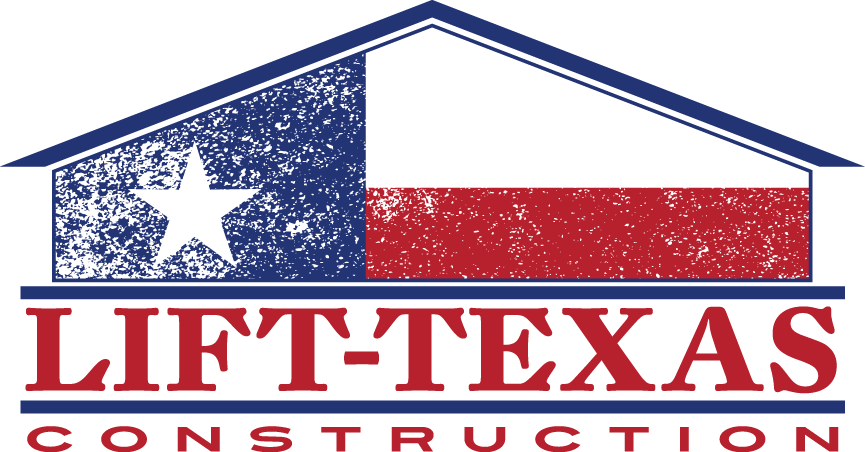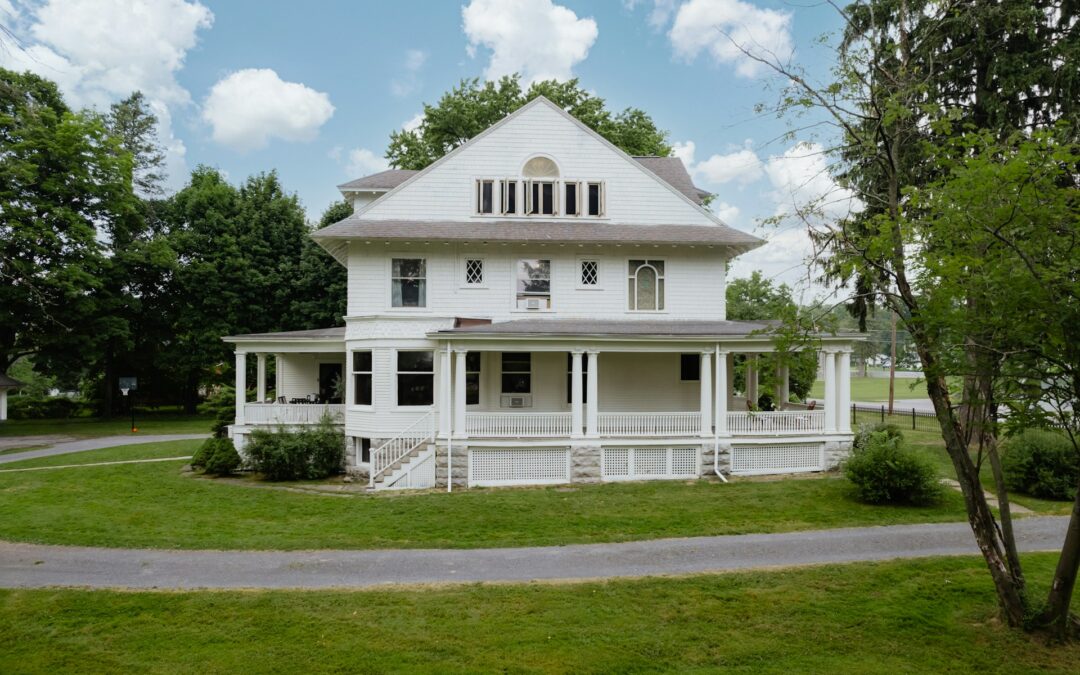Foundation problems in homes can cause significant concern, and when it comes to second-story homes, these issues can become even more complex. For homeowners in DFW, understanding how foundation issues can uniquely impact two-story houses is essential. These homes are designed to support additional weight and have different structural demands compared to single-story houses. Recognizing these differences is crucial for maintaining the safety and stability of your residence.
Given these challenges, homeowners must pay special attention to the foundations of their second-story homes to avoid potential difficulties. It’s not just about maintaining the obvious structural aspects; it involves identifying subtler signs that might hint at underlying issues. This insight is particularly important in regions like DFW, where soil conditions can vary significantly, affecting how foundations behave over time.
Foundation Issues Common to All Homes
Most homes, regardless of size, can face familiar foundation problems. These issues often arise from natural factors and the environment surrounding the house. Major problems include:
– Cracks: Over time, shifts in the ground can cause cracks in the foundation. These can appear in walls or around the base of your home, both internally and externally.
– Settling: Natural settling happens as the soil beneath your home shifts. This can lead to uneven floors and misaligned doors, making your home feel off balance.
– Moisture Damage: Excessive moisture can deteriorate foundations. Water from poor drainage or heavy rainfall can seep into foundation materials, causing them to weaken over time.
Causes of these problems can be as varied as weather changes, geological activity, and even the age of the home itself. Sometimes it’s simply the result of natural wearing down, while other times, it might be intensified by environmental conditions specific to an area like DFW.
Addressing these foundation issues promptly can prevent more severe problems down the road. Keeping an eye out for early indications of trouble is key, as is ensuring regular maintenance checks. Understanding these fundamental issues prepares homeowners to tackle any foundation concerns effectively, ensuring the house remains safe and stable.
Unique Challenges For Second-Story Homes
Second-story homes come with unique challenges when it comes to foundation issues. The added weight and structure of an upper level exert more pressure on the foundation, which can compromise the overall stability of the house. Think of it like stacking blocks; the heavier the structure, the firmer the base needs to be to prevent any wobbling or tilting.
Foundation problems in these homes often lead to more severe consequences. For instance, uneven floors or cracks in the walls can be more pronounced on the upper levels. These structural issues can become a real nuisance, especially if left unchecked. Early detection through regular inspections is key. Regular check-ups can help catch issues before they expand into bigger problems that might demand extensive repair.
Signs Of Foundation Problems In Second-Story Homes
Spotting problems early can save lots of time and money. Here are some warning signs homeowners should keep an eye out for:
– Sagging Floors: If you notice that your floors are uneven or start to sag, this could be a red flag. It might indicate that the foundation is struggling under the weight of the second story.
– Cracked Walls: Look for cracks, especially around windows and doors. Cracks can signify shifts in the foundation that might need urgent attention.
– Misaligned Doors and Windows: Doors or windows that stick or don’t close properly might be more than a simple annoyance. They could hint at settling issues.
– Gaps Around Window Frames: If you spot gaps between the window frames and the wall, this might be a sign of settling.
Regular visual inspections around the home can help identify these issues early on. When in doubt, consulting an expert can provide peace of mind and a plan of action.
Steps To Address Foundation Structural Repair
Once you detect a problem, addressing it swiftly is essential to limit further damage. Here’s what you can do:
1. Consult Professionals: Start by reaching out to foundation experts. They can assess the situation and suggest the best course of action.
2. Choose Repair Methods: Depending on the issue, experts might recommend methods such as underpinning, which reinforces the foundation, or piering, which uses steel posts for stabilization. Slabjacking, another common method, involves lifting concrete to its original position.
3. Follow Recommended Solutions: Stick to the advice of professionals to ensure lasting repairs. Cutting corners might seem cheaper initially but can lead to expensive fixes down the line.
Keep Your DFW Home Safe
Keeping your home in good shape requires vigilance and timely interventions. Regular maintenance and professional help are key components in preserving the stability and safety of the entire property. Addressing foundation issues not only safeguards your home from potential structural problems but also ensures that your dwelling remains a comfortable, safe place to live.
Living in DFW, where environmental factors can compromise foundations, requires paying attention to the specific needs of your home. By staying proactive and following expert advice, you can ensure your two-story home remains resilient and upright, providing a secure environment for you and your family.
Foundation issues can seriously impact the safety and comfort of your two-story home. Don’t let these problems linger and lead to bigger headaches. At Lift-Texas Construction, we understand the unique needs of homes in the DFW area. To ensure the stability of your home, explore our foundation structural repair services. By tackling issues early with professional help, you can safeguard your investment and maintain a safe living environment.

